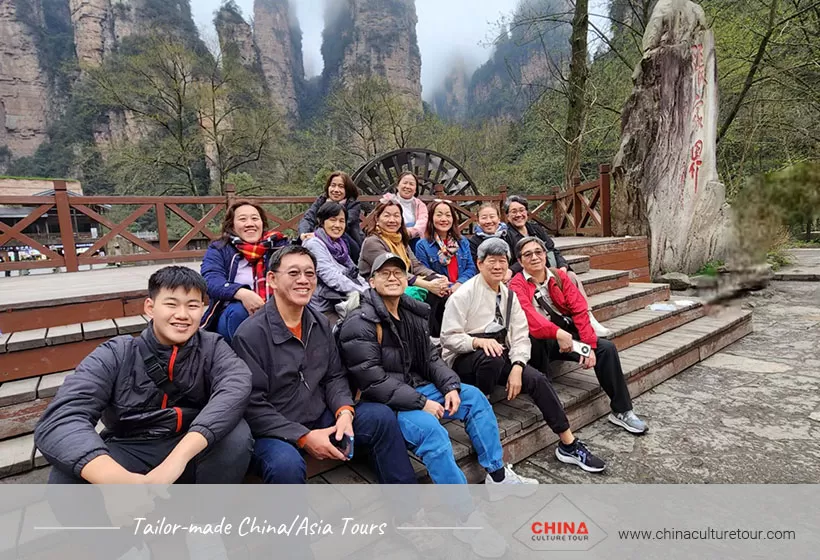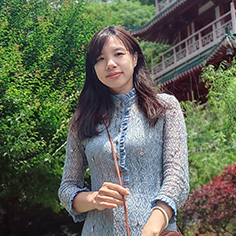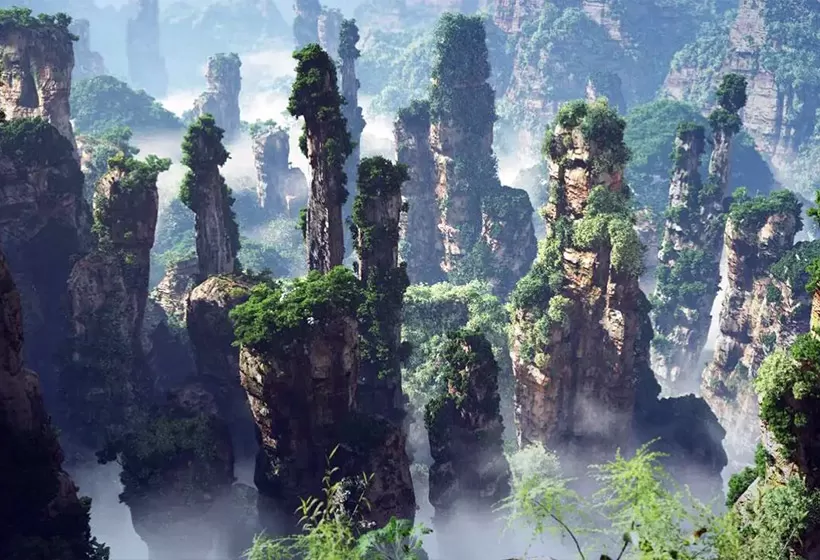Short Introduction to Zhangjiajie Local Culture: History, Nation, Diet, Clothing, etc.
Zhangjiajie is home to several ethnic minority groups, including the Tujia, Miao, and Bai. These communities have rich cultural heritages, characterized by distinctive customs, traditional music, dance, and vibrant festivals. The Tujia people are known for their intricate brocade weaving and lively folk dances, while the Miao community is renowned for its exquisite silver jewelry and elaborate embroidery. Visitors to Zhangjiajie can immerse themselves in the unique traditions and lifestyles of these minority groups, experiencing a tapestry of cultural diversity that adds depth to the natural beauty of the region and local cuisine further reflect the vibrant cultural tapestry of Zhangjiajie, offering visitors a deep and immersive cultural experience alongside its stunning natural landscapes.
Where the Tujia Live in China
Tujia ethnic groups with a total population of over 8 million, the eighth-largest officially recognized ethnic minority in China. The Tujia ethnic mainly live in the provinces of Hunan, Hubei, Sichuan, and Guizhou and are mainly engaged in agriculture and tourism. More than a million live around the famous Wuling yuan and Zhangjiajie National Park area of western Hunan.
Language of Tujia
The Tujia ethnic have lived in harmony with the Han and Tibetan people for a long time, so their language has been significantly influenced by both Chinese and Tibetan. In religious terms, they adopt many Tibetan loanwords, while daily life and new terminologies incorporate numerous Chinese loanwords. The Tujia ethnic does not have their own script and use Chinese characters and Tibetan script.
Customs of Tujia
1. Crying Marriage (哭嫁): A traditional wedding custom where the bride cries or sings mournful songs days or weeks before the wedding to express her gratitude and love for her family. This practice is believed to express the bride's reluctance to leave her family and symbolizes her gratitude to her parents. The ritual can last for days or even weeks and is an important part of Tujia wedding ceremonies, reflecting the deep emotional ties and cultural significance of marriage in Tujia society. Tujia people judge a girl's intelligence and virtue by how well she can cry while singing songs during her wedding.
2. Hand-Waving Dance (摆手舞): A significant cultural dance performed during festivals and important occasions, symbolizing unity and happiness.
3.Hospitality (好客) Tujia people are known for their hospitality, offering guests homemade wine, smoked meat, and other local delicacies.
Festivals of Tujia
1. Sheba Festival (社巴节) The most important Tujia festival, The Sheba Festival is usually celebrated from the 3rd day until the 17th day of the first month on the Chinese calendar. It includes various cultural activities like singing, dancing, and bullfighting.
2. The annual "Nadun"(纳顿) is a harvest festival celebrated by the Tu people in Minhe County. Because the festivities begin in the lunar month of July, it is also known as the "July Gathering." "Nadun" is a community event centered around each village, starting from the end of the summer wheat harvest and continuing into the fall, lasting nearly two months. This has led some to call it the "longest carnival in the world".
3. Gannian Festival (赶年节) the "Gannian Festival" is the most distinctive, with only some regions still preserving this custom. Gannian, also known as "Straw Raincoat New Year," is celebrated on the 29th day of the twelfth lunar month in long months and on the 28th in short months, one day earlier than the Han Chinese New Year, hence the name "Gannian" (meaning "catching up with the New Year"). During this time, every household will slaughter a New Year pig, make green bean jelly, and brew rice wine or zazhao (a traditional Tujia alcoholic beverage).
These customs and festivals are integral to the Tujia identity, preserving their traditions and fostering a sense of community.
Tujia traditional cloth and dress
In terms of clothing, the Tujia people value simplicity and prefer loose-fitting garments. Traditional fabrics are often self-woven and self-dyed blue or indigo cloth, historically referred to as "Xi cloth" or "Dong cloth." Tujia women are skilled in embroidery and coiling, with their artistry evident in the meticulous decoration of their clothing. They like to embroider various patterns on collars, cuffs, and hems, creating beautiful designs. such as flowers, birds, and geometric shapes, symbolizing prosperity and happiness. Men's traditional attire includes a short, front-buttoned shirt and a collarless full-length shirt, with a cloth belt wrapped around the waist. They wear loose trousers with wide, short legs, often in blue or indigo, and usually tie their legs with bands. They wrap their heads with a blue silk scarf or a five-to-six-foot-long piece of white cloth in a "V" shape. Footwear typically includes straw or cloth shoes.
Food of Tujia
The daily staple foods of the Tujia people include corn and rice, supplemented with sweet potatoes and potatoes. Their cuisine is characterized by its sour and spicy flavors. One notable dish is "hezha," made by finely grinding soybeans, boiling the mixture without separating the pulp, and then adding vegetable leaves to cook it. Other distinctive foods include baba (a type of cake), cured meat, oil tea, mixed vegetables, and tuansan (a type of snack). Famous dishes include Tujia Shanxia Pot, stir-fried Tujia Smoked Meat and chicken stewed with stone ear fungus.More about Zhangjiajie Food >>
Traditional Architecture of Tujia
The traditional dwellings of the Tujia people mainly include thatched cottages, adobe brick and tile houses, wooden-frame and board-wall houses, and stilted buildings. Additionally, there are stone houses and caves. Residential structures are divided into the main house, side rooms, and eaves. wooden-frame is well-ventilated, protects against dampness and flooding, and also helps to keep away animals, snakes and bugs. The handrails are useful for hanging clothes and drying agricultural produce. The Tujia people often live in clustered communities, with residential buildings forming their own settlements.
Miao ethnic minority in Hunan
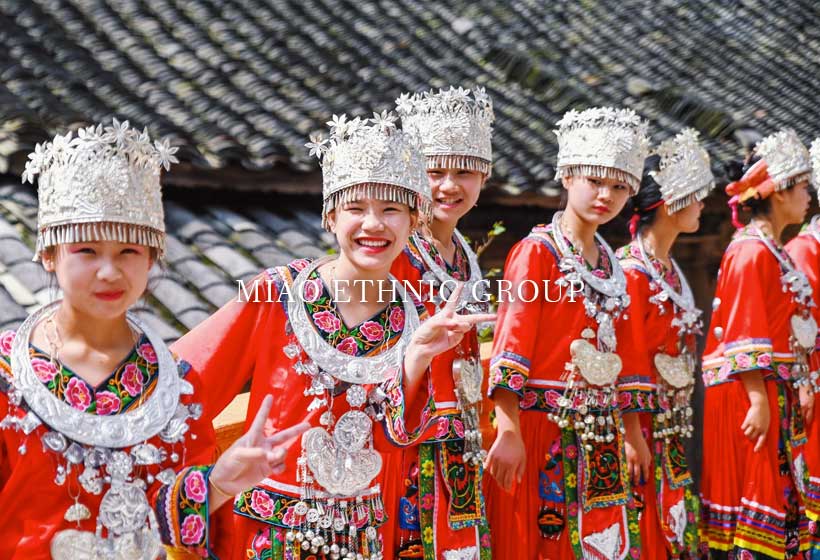 Miao ethnic
Miao ethnicThe Miao minority group is a populated and widely distributed group throughout Chinese nation. In the area of Zhangjiajie where the Miao minority group mostly lives you can see many traditional ceremonious activities. Miao ethnic minority has a population of more than 1.9 million in Hunan Province, Miao minority likes decorate themselves from head to toe, with silver. Because Miao people regard silver as a symbol of wealth, they also believe silver symbolizes light and good health, so wearing silver will ward off evil spirits, stave off natural disasters and bring good fortune. Silver takes special importance in Miao culture. The craft has developed into a unique art form and a carrier of culture. Now besides for their own use, the Miao costume and accessory have developed into a unique form of folk art and become a collector's item and tourism souvenir.
The Miao people have their own beliefs, which vary by region, but are generally rooted in primitive nature worship, totemism, and the veneration of spirits and ancestors. Major festivals include Miao New Year, "April 8th," the Dragon Boat Festival, and the Climbing Festival. Miao New Year is a traditional festival for ancestor worship and celebrating the harvest, typically held on the Mao day between October and November in the lunar calendar. "April 8th" commemorates the Miao hero Yanu, who led his people in resistance against oppressors and was martyred on this day in ancient times. The Dragon Boat Festival, celebrated in May of the lunar calendar, includes activities such as dragon boat racing, bullfighting, horse racing, drum stepping, Lusheng dancing, and social gatherings. The Climbing Festival is a traditional gathering in the Qiandongnan region, featuring events like the March Climbing Festival, April 8th Climbing Festival, and the June 19th Climbing Xianglu Mountain Festival.
The Miao people's staple foods include rice, corn, wheat, millet, sorghum, buckwheat, potatoes, and various processed tubers. One of the most distinctive dishes in Miao cuisine is sour soup, made by fermenting rice-washing water with the sediment of old sour soup as a starter in a clay jar for several days. This soup is then used to cook fresh vegetables, making a tasty and refreshing dish. When used to cook fresh fish with additional seasonings, it becomes even more delicious and popular. Another specialty is pickled fish, prepared by cleaning and salting carp, stuffing it with sweet rice wine dregs, and storing it in a clay jar to ferment. The fish is later steamed, resulting in a delicacy that is salty, sweet, and slightly sour.
Customize Your Unique Zhangjiajie Tour

Alternatively, if you would like to customize your Zhangjiajie tour, please visit our Zhangjiajie Tour Customized Center. We assure you that you will receive a reply within 24 working hours.
Informative Articles for Your Zhangjiajie Trip
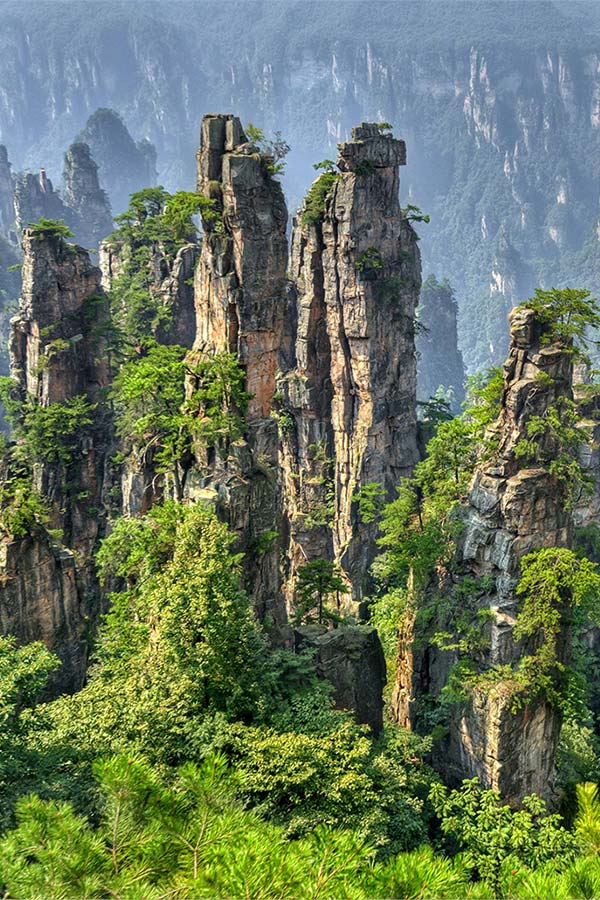 Yellow Stone Village, Zhangjiajie
Yellow Stone Village, Zhangjiajie- Zhangjiajie Travel Guide: attractions, weather, food, culture, tours, etc.
- Zhangjiajie Culture: rich and unique
- Travel itinerary: various itineraries for your reference
- Weather: the best time and seasons to visit Zhangjiajie
- Attraction: well-selected top attractions
- Activities: Zhangjiajie cultural immersions
- Where to Visit: top places to visit in Zhangjiajie
- Unique Perspective: top things to do in Zhangjiajie
- Food and Restaurants: what and where to eat while traveling in Zhangjiajie
- Accommodation: handpicked hotels for you
- Zhangjiajie Tours: tailor-made Tours for your reference
GREAT FAMILY CHINA TOUR
JULY 2024 We wanted to thank Grace at China Culture tour for organizing a great tour of China. We enjoyed our Beijing - Xian-Chengdu -Guilin -Yangshuo - Shanghai trip. Our local guides Bruce in Beijing, Susan in Xian, Jane in Chengdu, Mike in Guilin and Mary in Shanghai took care of us…read more details »
Teng Han L from SINGAPORE
Ready to Create a Unique Dream Travel?
